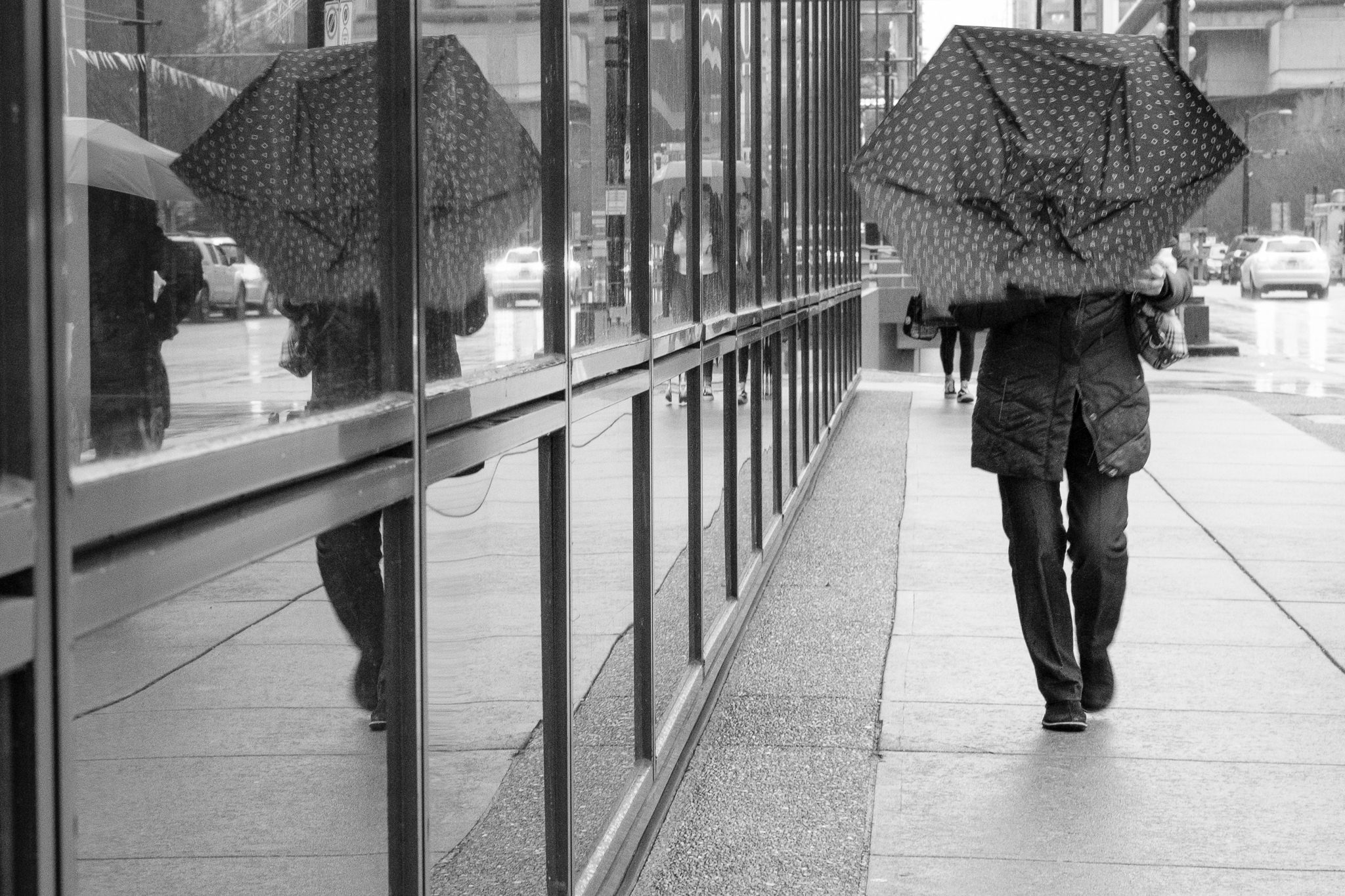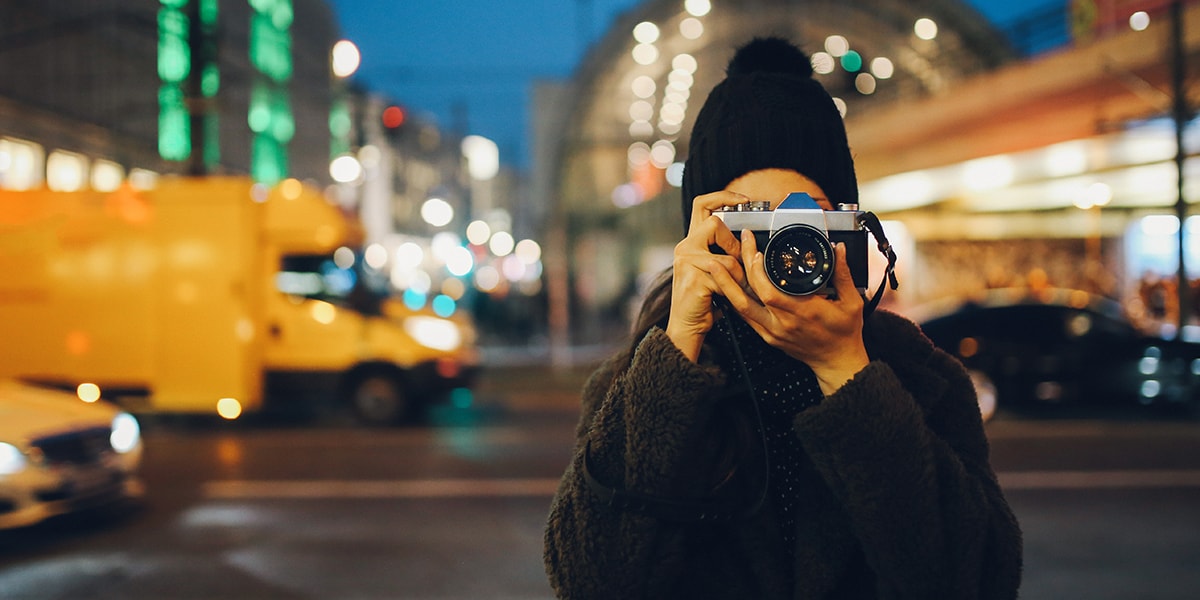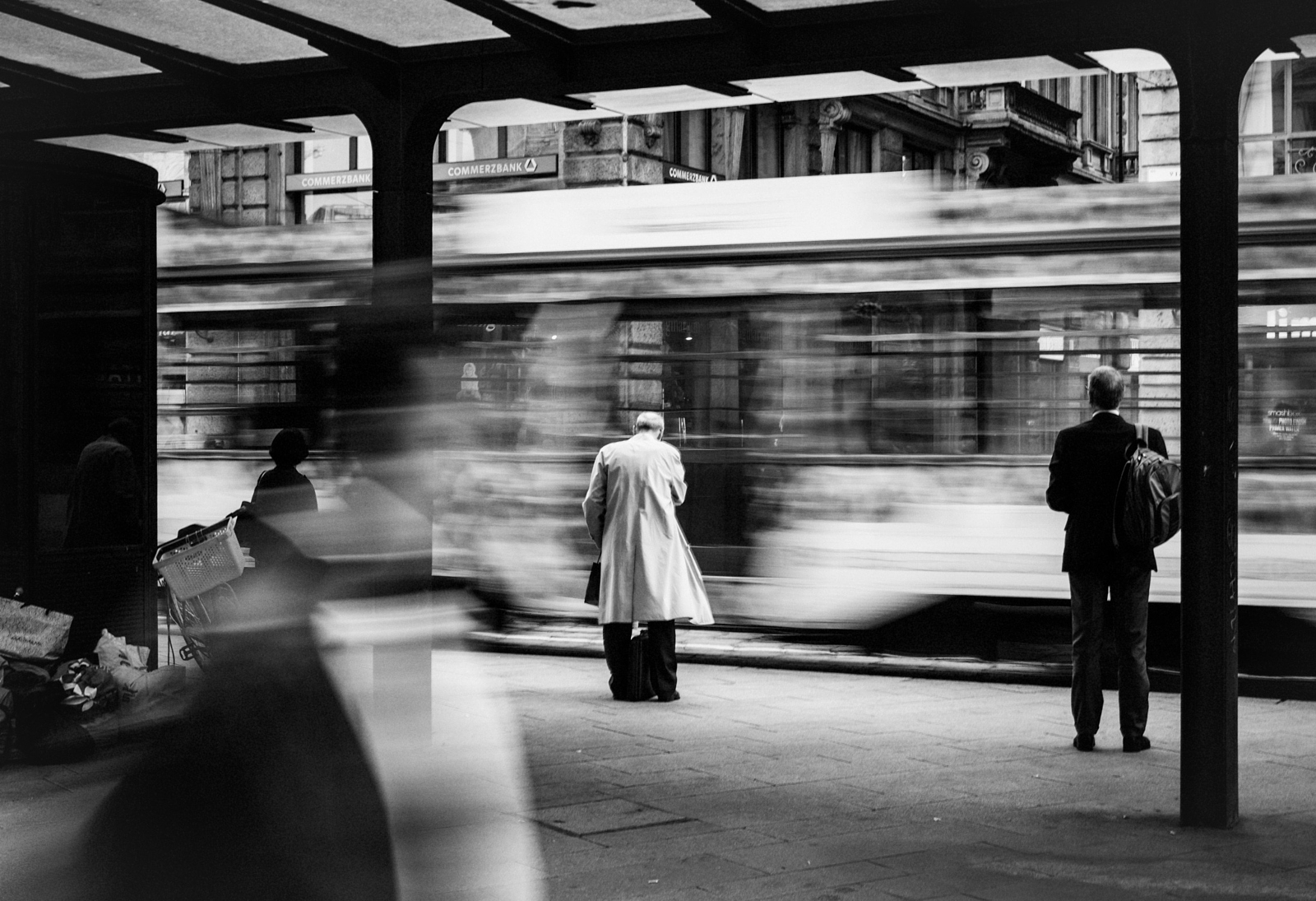What Does Framing Streets Do?
Wiki Article
Framing Streets Can Be Fun For Anyone
Table of ContentsFascination About Framing Streets3 Simple Techniques For Framing StreetsEverything about Framing StreetsGet This Report about Framing StreetsThe Best Strategy To Use For Framing StreetsNot known Incorrect Statements About Framing Streets
Digital photography genre "Crufts Pet dog Program 1968" by Tony Ray-Jones Road digital photography (likewise occasionally called honest photography) is photography carried out for art or questions that features unmediated opportunity experiences and random occurrences within public locations, normally with the purpose of recording images at a crucial or emotional minute by careful framework and timing. 
Some Known Details About Framing Streets
Susan Sontag, 1977 Street digital photography can concentrate on people and their actions in public. In this regard, the road professional photographer is comparable to social docudrama photographers or photographers that additionally work in public places, but with the objective of recording newsworthy occasions. Any of these digital photographers' pictures might capture people and residential or commercial property visible within or from public places, which typically involves browsing moral problems and laws of privacy, protection, and residential or commercial property.Depictions of daily public life form a genre in virtually every duration of world art, beginning in the pre-historic, Sumerian, Egyptian and very early Buddhist art periods. Art dealing with the life of the road, whether within views of cityscapes, or as the leading theme, appears in the West in the canon of the Northern Renaissance, Baroque, Rococo, of Romanticism, Realistic look, Impressionism and Post-Impressionism.
Unknown Facts About Framing Streets
Louis Daguerre: "Boulevard du Temple" (1838 or 1839) In 1838 or 1839 the first photograph of figures in the road was videotaped by Louis-Jacques-Mand Daguerre in among a set of daguerreotype views taken from his workshop window of the Blvd du Holy place in Paris. The 2nd, made at the height of the day, reveals an unpopulated stretch of street, while the other was taken at concerning 8:00 am, and as Beaumont Newhall records, "The Boulevard, so frequently full of a relocating bunch of pedestrians and carriages was flawlessly solitary, except a person who was having his boots cleaned.His boots and legs were well specified, but he is without body or head, since these were in motion." Charles Ngre, waterseller Charles Ngre. https://www.pubpub.org/user/david-turley was the first photographer to acquire the technical refinement called for to sign up individuals in movement on the road in Paris in 1851. Professional Photographer John Thomson, a Scotsman collaborating with journalist and social activist Adolphe Smith, published Street Life in London in twelve regular monthly installations starting in February 1877
The Definitive Guide to Framing Streets
Eugene Atget is considered a progenitor, not since he was the initial of his kind, yet as an outcome of the popularisation in the late 1920s of his document of Parisian streets by Berenice Abbott, that was influenced to carry out a comparable documentation of New York City. [] As the city established, Atget helped to promote Parisian roads as a deserving subject for digital photography.
Framing Streets - The Facts
The chief Mass-Observationists were anthropologist Tom Harrisson in Bolton and poet Charles Madge in London, and their very first report was generated as the book "May the Twelfth: Mass-Observation Day-Surveys 1937 by over 2 hundred onlookers" [] Home window cleaner at Kottbusser Tor, Berlin, by Elsa Thiemann c. 1946 The post-war French Humanist Institution photographers located their subjects on the street or in the diner. Between 1946 and 1957 Le Groupe des XV yearly exhibited work of this kind. Andre Kertesz. Circus, Budapest, 19 May 1920 Road digital photography created the major content of 2 exhibits at the Gallery of Modern Art (Mo, MA) in New york city curated by Edward Steichen, Five French Photographers: Brassai; Cartier-Bresson, Doisneau, Ronis, Izis in 1951 to 1952, and Post-war European Photography in 1953, which exported the idea of street digital photography worldwide.
Indicators on Framing Streets You Need To Know
The recording machine was 'a covert cam', a 35 his response mm Contax concealed underneath his layer, that was 'strapped to the breast and connected to a lengthy wire strung down the appropriate sleeve'. Nevertheless, his work had little modern effect as because of Evans' level of sensitivities regarding the creativity of his job and the privacy of his topics, it was not published until 1966, in the book Numerous Are Called, with an introduction created by James Agee in 1940.Helen Levitt, after that a teacher of kids, connected with Evans in 193839. She recorded the transitory chalk drawings - copyright a9iii that became part of youngsters's road society in New York at the time, along with the kids who made them. In July 1939, Mo, MA's new digital photography section included Levitt's operate in its inaugural exhibitionRobert Frank's 1958 publication,, was substantial; raw and typically indistinct, Frank's images questioned conventional digital photography of the moment, "tested all the official policies set by Henri Cartier-Bresson and Pedestrian Evans" and "contradicted the wholesome pictorialism and sincere photojournalism of American magazines like LIFE and Time".
Report this wiki page